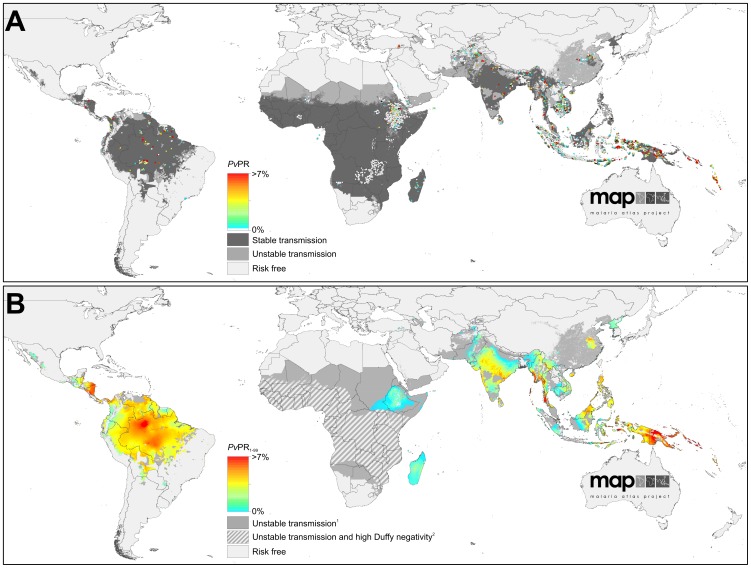Figure 2. The spatial distribution of Plasmodium vivax malaria endemicity in 2010.
Panel A shows the 2010 spatial limits of P. vivax malaria risk defined by PvAPI with further medical intelligence, temperature and aridity masks. Areas were defined as stable (dark grey areas, where PvAPI ≥0.1 per 1,000 pa), unstable (medium grey areas, where PvAPI <0.1 per 1,000 pa) or no risk (light grey, where PvAPI = 0 per 1,000 pa). The community surveys of P. vivax prevalence conducted between January 1985 and June 2010 are plotted. The survey data are presented as a continuum of light green to red (see map legend), with zero-valued surveys shown in white. Panel B shows the MBG point estimates of the annual mean PvPR1–99 for 2010 within the spatial limits of stable P. vivax malaria transmission, displayed on the same colour scale. Areas within the stable limits in (A) that were predicted with high certainty (>0.9) to have a PvPR1–99 less than 1% were classed as unstable. Areas in which Duffy negativity gene frequency is predicted to exceed 90% [43] are shown in hatching for additional context.

